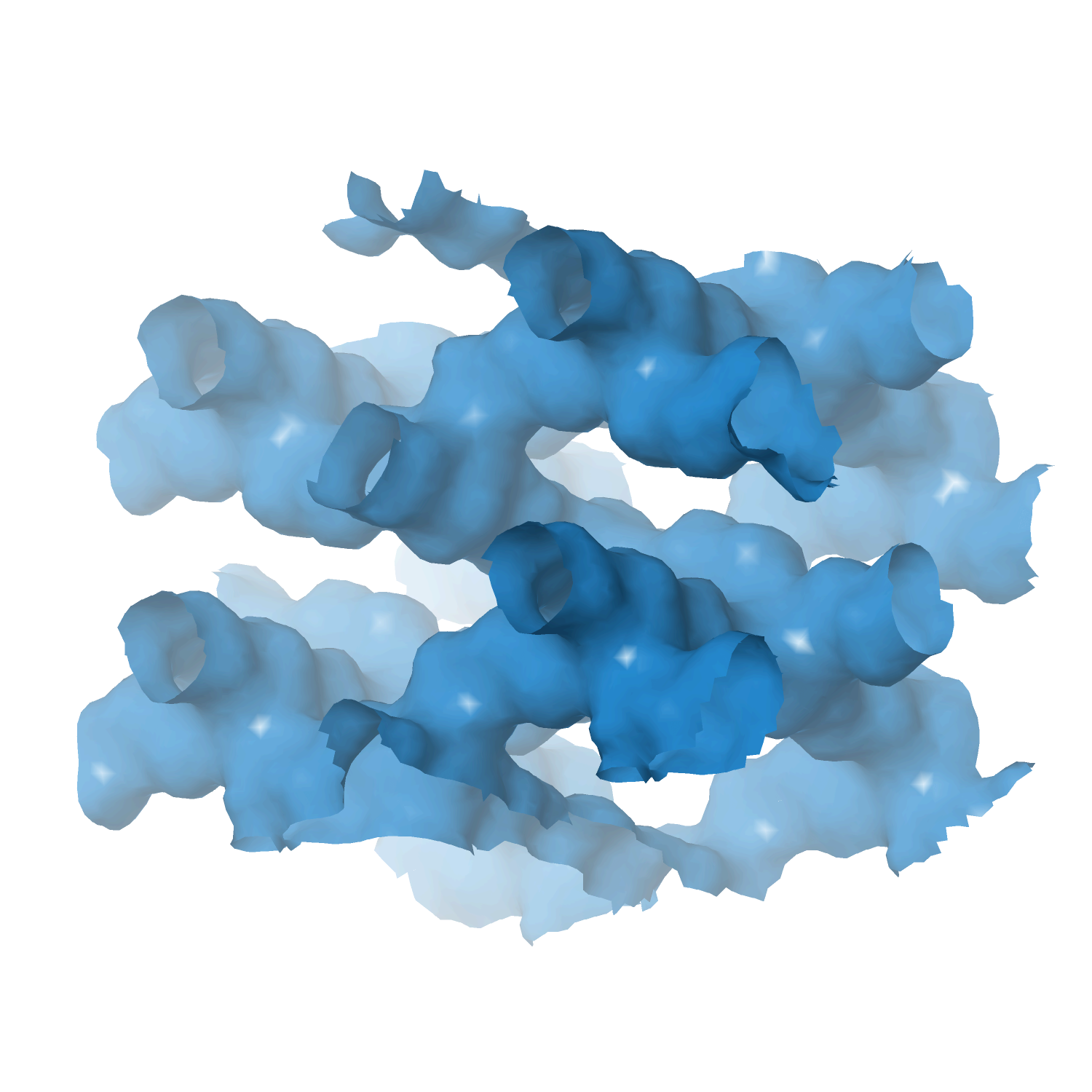Heterogeneous catalyst engineering ⇒ from stable and deactivation resistant to viable technical catalyst
Advances in heterogeneous catalyst “structure” are driven to improve their “function” or performance, i.e., activity, selectivity, and stability. Cooperative research is required to understand the structure and function relationships: developing new synthesis protocols for heterogeneous catalysts with unique surface properties, defined porosity, identification and understanding of catalytically active sites, reaction mechanisms, and finally, prediction and analysis of the processes using various computational tools.
Our group focuses on developing new catalyst formulations using innovative synthesis routes for various important heterogeneous catalysts. That includes thermal, electro, and bio-electro catalysis.
The active phase cannot be used directly in its final application or reactor for various reasons, including poor mechanical resistance, heat or mass transport, and fluidization features. We must mix the active phase with other ingredients in a matrix of binder and filler, while we shape it into a technical catalyst. We investigate new synthetic protocols for technical catalysis using spray drying and fluidized beds to cover the whole range of sizes. At the same time, we incorporate additional (unconventional) ingredients such as SiC to improve some features even further.
- Technical catalyst I ⇒ spray drying and extrusion
- Technical catalyst II ⇒ spray fluidized bed reactor
- Technical catalyst III ⇒ electrospinning
- Zeolite catalysts ⇒ with defined structure/porosity
- Multi-metal (high entropy) alloy catalysts
- MXene catalysts ⇒ single and multi-dimensional
- Perovskite catalysts
- Metal-organic framework (MOFs) catalysts
- Supported metal/metal-oxide catalysts
- Aerogel catalyst
Balancing Surface Chemistry and Flake Size of MXene-Based Electrodes for Bioelectrochemical Reactors
by
Kolubah, Mohamed, Hari, Ping, Hassine, Dally, Obaid, Xu, El-Demellawi, Saikaly, Lanza, Ghaffour, Castaño
Small
Year:
2025
DOI:
https://doi.org/10.1002/smll.202406223
Abstract
MXenes have excellent properties as electrode materials in energy storage devices or fuel cells. In bioelectrochemical systems (for wastewater treatment and energy harvesting), MXenes can have antimicrobial characteristics in some conditions. Here, different intercalation and delamination approaches to obtain Ti3C2Tx MXene flakes with different terminal groups and lateral dimensions are comprehensively investigated. The effect of these properties on the energy harvesting performance from wastewater is then assessed. Regardless of the utilized intercalant molecules, MXene flakes obtained using soft delamination approaches are much larger (up to 10 µm) than those obtained using mechanical delamination methods (<1.5 nm), with a relatively higher content of ─O/─OH surface terminations. When employed in microbial fuel cells, electrodes made of these large MXene flakes have demonstrated a power density of over 400% higher than smaller MXene flakes, thanks to their lower charge transfer resistance (0.38 Ω). These findings highlight the crucial role of selecting appropriate intercalation and delamination methods when synthesizing MXenes for bioelectrochemical applications.
Keywords
EPB
HCE
